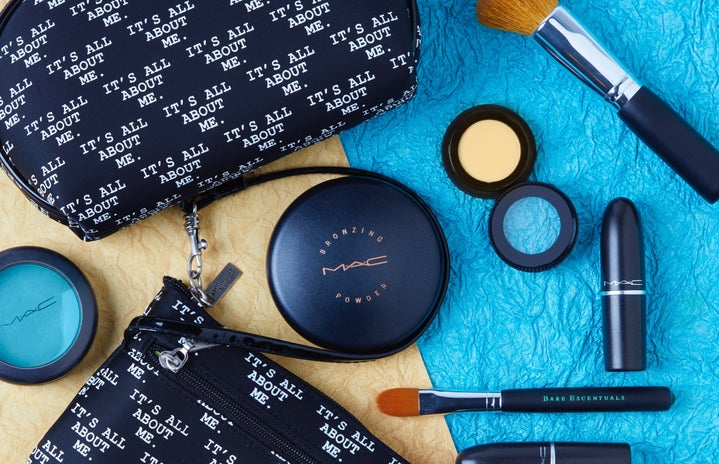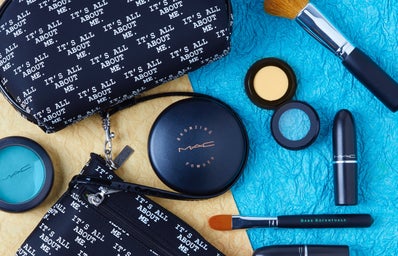Henna. Mehndi. Those Indian-looking temporary tatoos. We’ve all seen them, those intricate, red-brown designs curling around fingers and toes, peeking out from the back of the neck or the lower back. The traditional ones are elaborate, spreading along wrists in the shapes of peacocks or flower motifs. Modern versions might be simpler: hearts, sun splashes, initials. But what is henna really? Is it dangerous? (answer: no) How long does it last? And where can you get it done? Her Campus investigates into this up-and-coming body art trend.
What is it?
Henna refers to the dye prepared from the leaves of the mignonette tree. (Mehndhi, on the other hand, refers specifically to the intricate designs painted on the hands and feet of Indian women. Both terms are used interchangeably.) It’s completely non-toxic! It’s prepared from the ground leaves, which are allowed to dry into powder before being mixed with water and lemon juice (or anything slightly acidic) to create a thin paste. This paste stains almost any material – skin, fingernails, hair, silk, leather, or wool. On human skin, the dye lasts anywhere from a few days to a month, depending on skin type, quality of the paste, and length of time it is left on the skin.
A Brief History
Scientists have found medical texts dating back to 16th Century BCE Egypt referring to henna’s medicinal properties. The mignonette tree flowers have even been used as perfume at some points in history! Henna body art is a native tradition of North Africa, the Arabian Peninsula, and South Asia (surprise! It’s not just Indian!) to ornament the hands and feet of women. In many of these areas, “bridal henna nights” are still an important tradition in the rites of marriage. All women who attend a marriage ceremony have their hands and feet painted the night before. It’s a huge social function, and the intricate designs are considered to be sacred and beautiful. In recent years, however, henna has gained considerable popularity among European and American women. It has even been spotted on celebrities such as Taylor Swift, Gwen Stefani, and Madonna. Henna hair dye, a recent trend, is also well-known in the U.S. and Europe. Many women use it as an alternative to the harsh chemical hair dyes that are normally found in stores.
How to Get It
Finding professional henna artists can be tricky if you’re not in India. Luckily, a lot of beauty or health food stores sell henna paste nowadays. Check out your local Whole Foods or similar organic produce store, you can also find it on Amazon.com. Once you get the tubes of henna dye, your options for designs are pretty much unlimited. Many henna packs come with stencils for the less artistically-inclined, or you can try drawing free-form!
Whether you follow traditional patterns or not, henna is a great way to try out some body art without the commitment of getting a permanent tattoo!


